While some birds are the loyal and true blue, unfortunately others don’t make their love last forever.
Sometimes they split up. Let’s take a closer look at Canadian birds – some of which choose Mr. Right and some that choose Mr. Right Now.
Piping Plovers
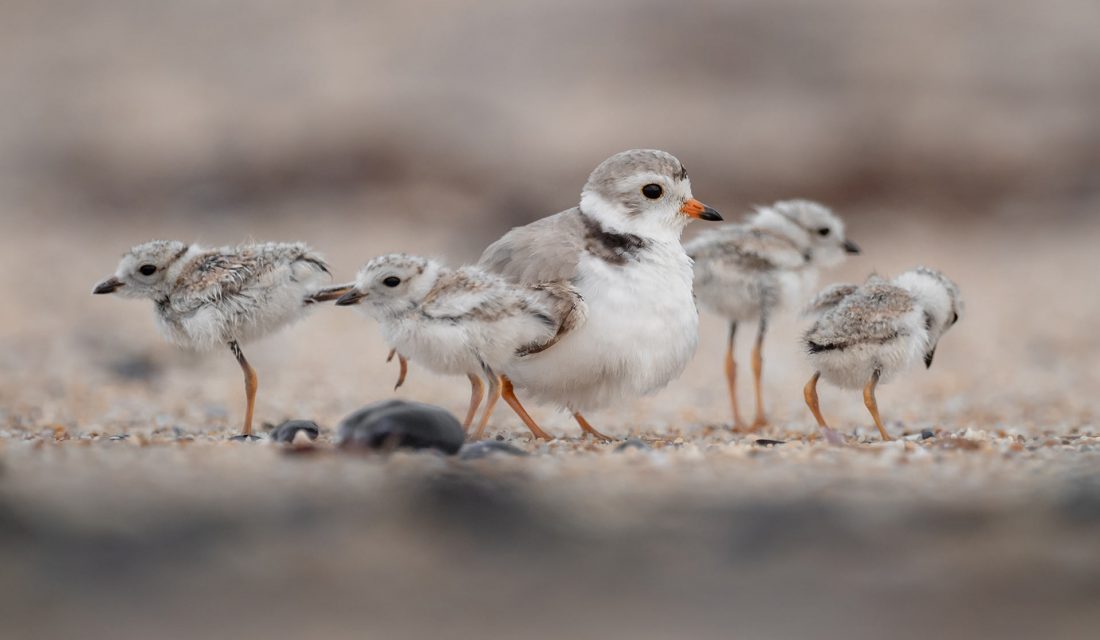
Divorce rate: 67%
When Piping Plovers arrive at their breeding grounds in the spring, males get to work at enticing females with complex aerial acrobatics. Each mating ritual can last up to 30 minutes – they’ll fly up to 35 metres into the air and call out to females over their nesting grounds.
They don’t stop there.
When their feet hit the ground, they’ll continue to try to impress the ladies with fancy footwork. If females take the bait, they’ll mate and lay eggs by June. Once the chicks hatch, they’re out of the nest in just a few hours after emerging from their eggs! They even find their own food and start learning to fly between 20 and 25 days of age. If they do need any help from their parents – whether because of poor weather or danger – they’ll turn to their fathers for help. Females really don’t stick around all that long and researchers have found that after a successful bout of nesting, 67 per cent of pairs will divorce!
Barn Owls

Divorce rate: 23.5%
Whooooooo’s looking for love? When male Barn Owls get up the gumption to seek a mate, they will perform an unforgettable flight ritual that’d make any female swoon. The male will hover in front of the female he’s interested in and keep hovering for several seconds. It’s called a “moth flight” because it kind of imitates how moths move around! He’ll also create different nesting structures – in barns, silos, crevices, nesting boxes, holes in trees, haystacks and even church steeples – with the hope that a female will see his handywork and agree to mate with him.
Does he get to rest once she agrees? Nope! He’ll spend about a month bringing his lover prey. Lots and lots of prey. Sometimes he brings her so much prey that there’s no possible way that she’ll gulp it all down! Successful Barn Owls will have two broods a year with about six eggs in a single brood. While many Barn Owl pairs will stick it out for the long haul, some 23.5 per cent will call it quits if they find that they’re not having enough chicks together.
Canada Geese

Divorce rate: 15-18%
When the Canada Goose blows out its first birthday candle, it’s ready to start looking for a mate. They’re not particularly particular but once they’ve found a mate, they’ll try to stick together for as long as they can. The pair will usually have five to seven eggs in the spring and females will settle down for the next month or so, keeping them warm. Males stay close to protect the female and give her a break every so often to grab a snack or drink and maybe take a dip in the pond to get clean. Once the goslings are born, this little family will stick together for the long haul. In fact, goslings will stay by their parents’ side for a whole year – migrating with them to their overwintering grounds and back again the following spring! When the goslings leave the nest, so to speak, the majority of pairs will remain committed to one another.
Many parents will take a year off of breeding to catch a break, however not all pairs agree to take time away from breeding. If one of the partners in the pair wants to breed again and the other simply won’t agree, the pair will split up. Researchers have found that about 15 per cent of females and 18 per cent of males will divorce over the course of their lifetime! Still. Considering that divorce rates between human couples is usually about 40 per cent, it seems Canada Geese are fairing considerably better than we are!
Mallards
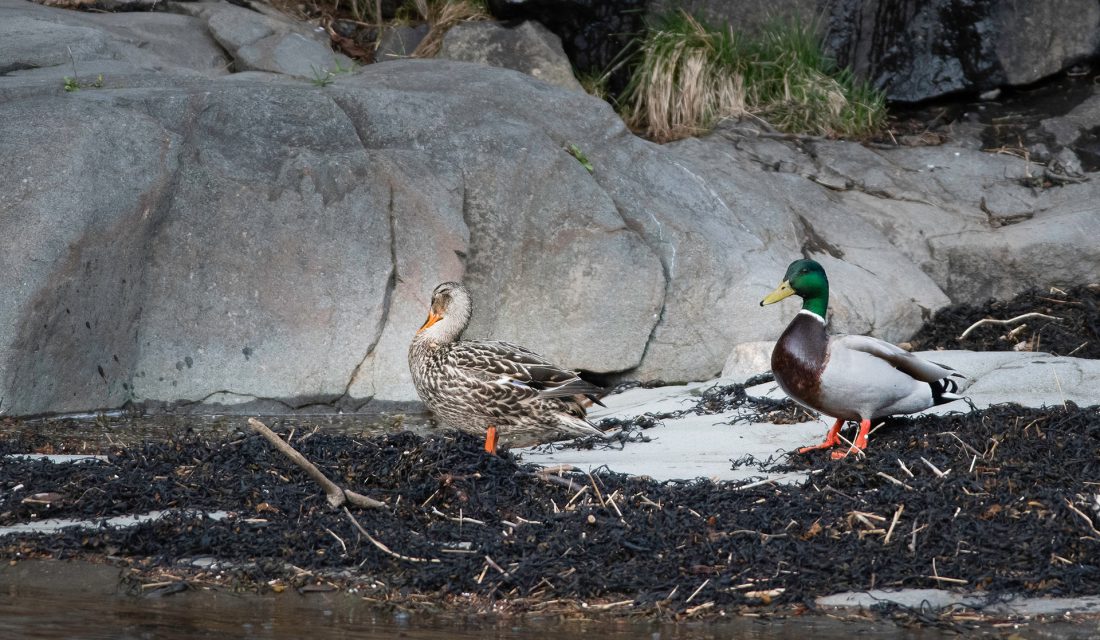
Divorce rate: 9%
Mallards will often pair up before they even arrive at their breeding grounds. By early April, Mallards will begin to arrive back to their nesting grounds in the prairies. The pairs will get straight to work finding a nesting spot. Interestingly enough, females will usually choose a spot close to where she was born and return to the same spot year after year. They make their ground nests with bits of grass or weeds and lay between eight and 12 eggs. Females get comfortable, hunkering down on her clutch for nearly 28 days until the babes are hatched!
While their story might seem mundane, there’s something pretty magical about these pairs. Something that just … works! They might even be the model of monogamy for birds, considering that 91 per cent of Mallards will stay true to each other their entire lives. Incredible.

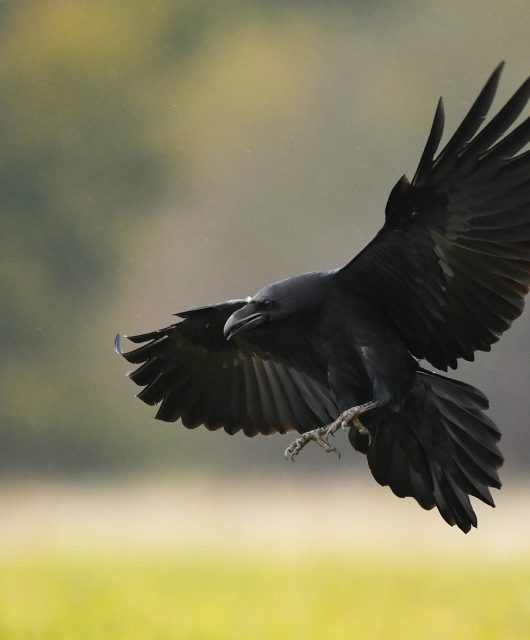
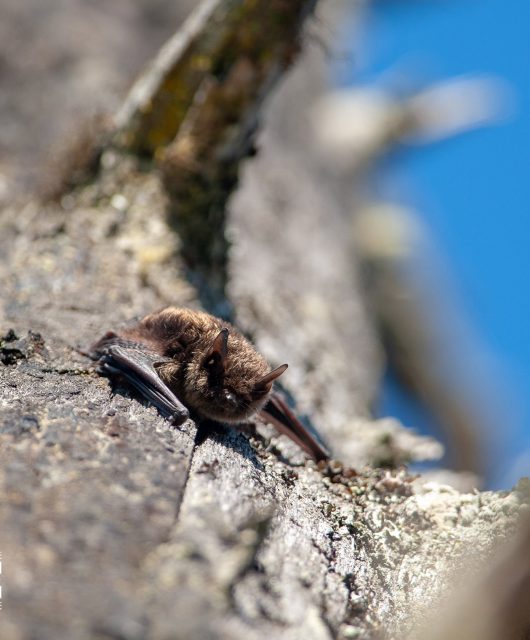
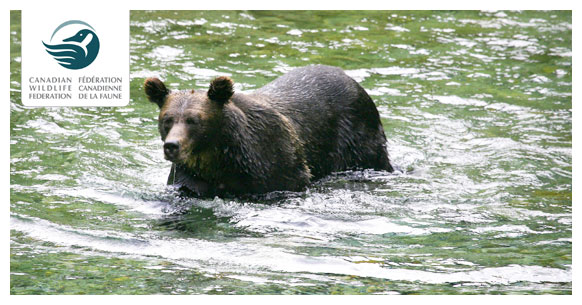

11 comments
Hi Ms. Overall, What a catchy subject: Bird Divorce! // I live in Toronto. One year a male sparrow created what looked like a wonderful nest under the verandah eave of the house next door. He called and called and frankly drove us mad! Finally a female joined him and after a week she left him! We wondered if it was because he never stopped with the non stop chirping?! He eventually abandoned the nest. Best, PK PS Thank YOU for the great article!
very interesting article…well done!
Loved reading about these birds. Thanks for sharing. Patricia
Interesting article! Although I will note that the photo of the ‘Piping Plovers’ are actually Killdeer.
Eeek! You are right! We’ll fix that asap!
Good research. I enjoyed to know about the separation rate of some birds in Canada. Thanks.
Really enjoyed learning about the mating habits of our feathered friends!
Very interesting. Goslings can stay with the family for a year. Do they interbreed within the family?
Hi Janice! Canada Geese don’t typically breed as yearlings. They don’t start breeding until they are at least two or three. More information on Canada Geese can be found on hww.ca!